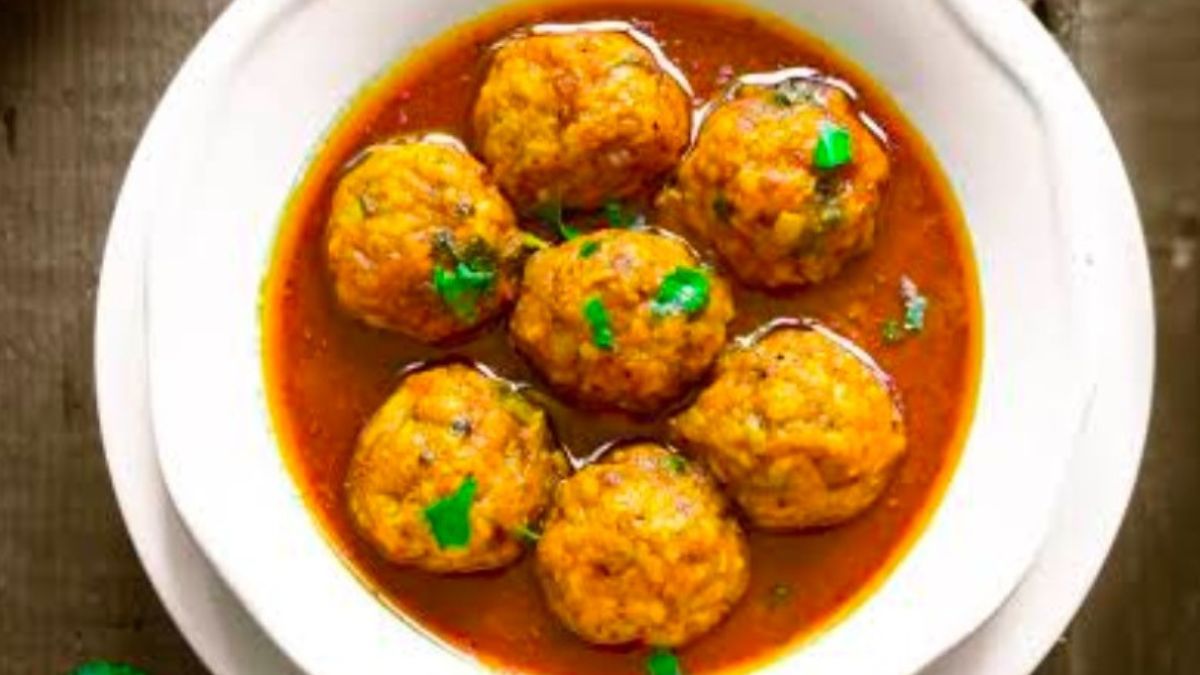
Chital Macher Muitah is a treasured dish in Bengali cuisine, known for its unique preparation involving deboned Chital fish (also called clown knifefish) turned into seasoned koftas simmered in a delicately spiced gravy. This traditional recipe was often served during festivals or special occasions in Bengal, especially in the households of East Bengal (now Bangladesh). Unlike regular fish curries, the making of Chital Muitah involves a labor-intensive but rewarding process of extracting fish meat and crafting flavorful koftas (muitah), making it a culinary art. Here’s a detailed, non-generic guide with 5 essential steps to help you master how to make Chital Macher Muitah at home.
1. Deboning Chital Fish for Muitah Without a Grinder
The key to an authentic Chital Macher Muitah lies in manually extracting fish meat from the spine-rich body of Chital fish. Instead of using a mixer or grinder—which often ruins the texture—opt for the traditional method. After cleaning and cutting the Chital fish, boil or steam the fish steaks lightly to loosen the flesh. Carefully separate the meat from the numerous fine bones using your fingers. This manual deboning ensures the koftas remain smooth yet firm. It’s a time-consuming step, but critical to maintaining the traditional texture and taste.
2. Making Chital Fish Koftas (Muitah) with Mustard Oil and Spices
Once deboned, mash the extracted Chital meat finely by hand. Add finely chopped onions, green chilies, ginger paste, a pinch of turmeric, salt, and a few drops of mustard oil for aroma. Avoid adding water or egg—Bengali cooks traditionally use just the fish and spices for natural binding. Divide the mixture into small balls (about the size of a lemon). Lightly fry these koftas in mustard oil on low heat to maintain their shape without making them crispy. This step adds depth to the final dish and helps the muitahs absorb the gravy better later.
3. Preparing Traditional Bengali Gravy for Chital Macher Muitah
The gravy for Chital Macher Muitah is subtle yet flavorful, designed to complement the delicate koftas. Start by tempering mustard oil with bay leaves, dried red chilies, and a touch of whole garam masala (cardamom, cinnamon, and clove). Add a paste of onions, ginger, and garlic, and cook until the raw smell disappears. Mix in turmeric, red chili powder, cumin, and coriander powders. To thicken the gravy without overpowering it, use freshly grated tomatoes or a small amount of curd. Avoid adding garam masala at the end, as the koftas.
4. Simmering Fried Chital Koftas in Gravy for Perfect Absorption
After your gravy reaches a rolling boil, gently add the lightly fried Chital koftas one by one. Use a wide pan and avoid overcrowding. Do not stir with a ladle—simply shake the pan gently to coat the koftas with gravy without breaking them. Cover and simmer on low heat for 8–10 minutes, allowing the koftas to absorb the flavor. Avoid overcooking, as it may lead to disintegration. This technique ensures the Muitahs soak up the essence of the gravy without becoming soggy or falling apart.
5. Serving Chital Macher Muitah with Steamed Rice for Best Flavor
Chital Macher Muitah is traditionally served with plain steamed rice. The soft, spongy fish koftas paired with aromatic, mild curry create a balanced meal. To elevate the flavor, drizzle a little mustard oil on the curry just before serving and garnish with freshly chopped coriander. Serve hot for the best taste. Avoid pairing it with strong accompaniments like pulao or paratha, which can overshadow the delicate taste of the dish. For an authentic Bengali experience, add a side of begun bhaja (fried eggplant) and a wedge of lemon.
